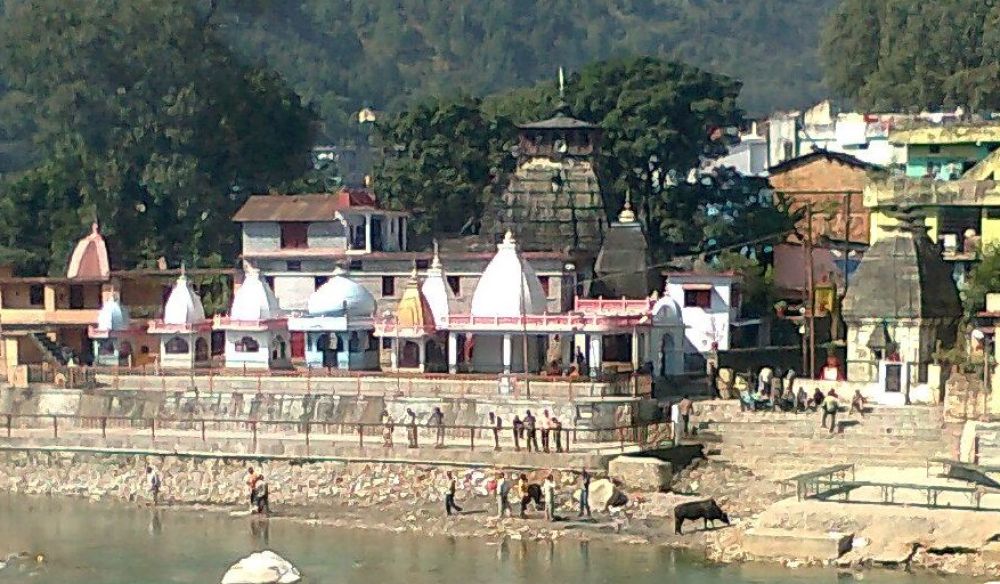

Located at the confluence of the rivers Gomti and Sarayu in the heart of Bageshwar district, Bagnath Temple is a revered shrine dedicated to Lord Shiva. This ancient temple stands as an emblem of faith and tradition in the serene land of Uttarakhand, India, attracting pilgrims and tourists from all corners of the country and beyond.
The history of Bagnath Temple is steeped in legend and spirituality, dating back to the early centuries. The temple is said to have been established by the early Chand kings during the 7th century AD. According to Hindu mythology, it is at this spot that the great sage Markandeya worshipped Lord Shiva, who appeared in the form of a tiger, hence the name 'Bagnath' which translates to 'Tiger Lord'.
Over the centuries, the temple has witnessed various renovations and expansion efforts. It stands as a fine example of the North Indian Nagara style of architecture, which has attracted historians and architecture enthusiasts alike, thereby contributing to the tourism history of the region.
The town of Bageshwar and the Bagnath Temple have long been important destinations for Hindu pilgrims. The temple's significance peaks during the annual festival of Maha Shivratri, when a great fair is held and is thronged by devotees in large numbers. It is a sight where faith and festivity converge, offering a surreal experience to visitors.
Uttarakhand Uttaryani or Makar Sankranti Mela is another significant occasion when the temple hosts a grand fair drawing people from various parts of Uttarakhand and neighboring states. Pilgrims take a holy dip at the confluence of rivers and seek blessings of the deity. This harmonious blend of divinity and culture has been an intrinsic part of the region's tourism appeal.
In recent years, Bagnath Temple and Bageshwar have gained momentum as part of the 'spiritual circuit' in Uttarakhand tourism. With the increasing popularity of eco-tourism and responsible travel, Bageshwar has seen a surge of tourists who come not only for the temple but also to explore the pristine surroundings, including the majestic Himalayan peaks, lush forests, and untouched trails.
Additionally, the development of homestays and guesthouses has encouraged a more immersive experience for visitors, who can now engage directly with the local community, indulge in traditional cuisines, and witness the simple mountain lifestyle. This shift towards sustainable tourism is setting a new trend in the area's longstanding hospitality traditions.
The Bagnath Temple of Bageshwar continues to offer a blend of spiritual significance, natural beauty, and cultural richness. Its tourism history is evolving, adapting to contemporary trends while holding firm to its ancient roots. Whether you are a devout pilgrim, a curious historian, a nature lover, or a wandering soul seeking tranquility, Bagnath Temple in Bageshwar beckons with open arms.